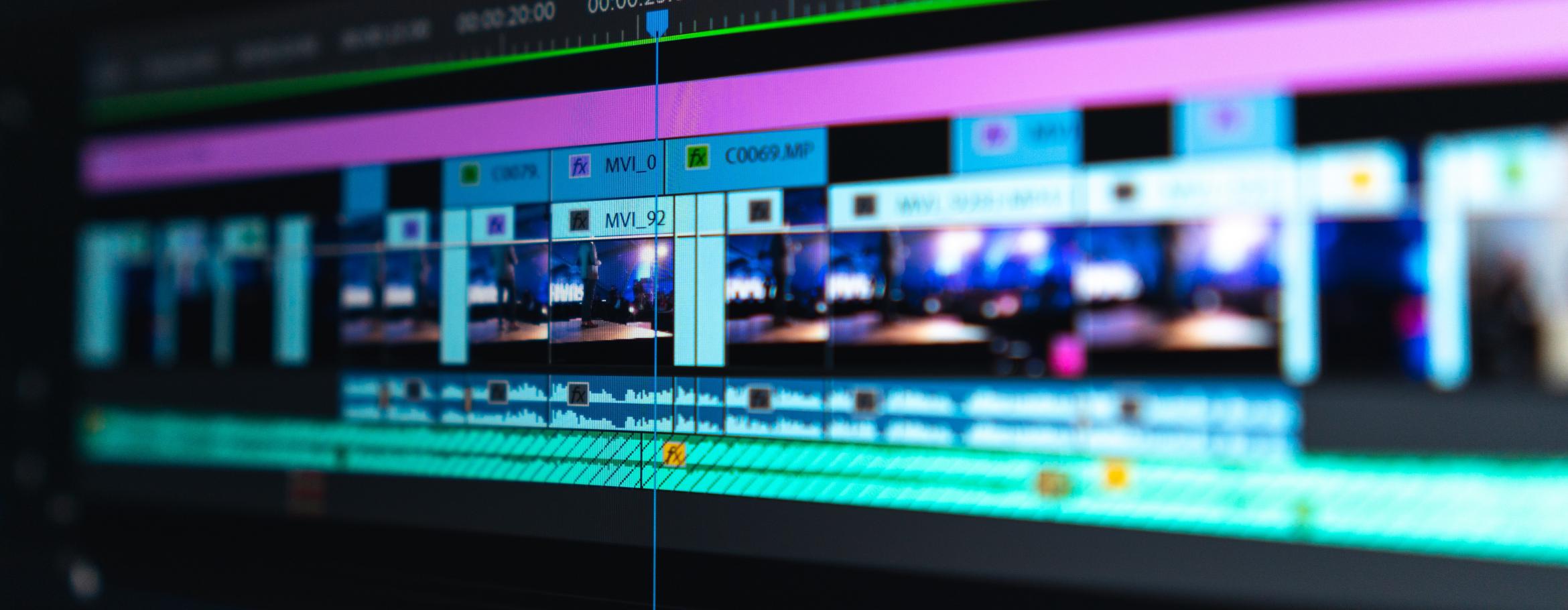A Cut Above The Rest: Post Production Process
When it comes to producing quality video content, it is not just about the planning of the project or execution of filming that determines the quality of the deliverable. It's also about how well you finish the project. This 3rd and final phase of producing is Post-Production. At Tri-Toy, no two projects are the same. In this blog post we talk about the Post Production Department and its many moving parts, to give you a better idea of what we have to offer! Here are some highlights!
Post-Production refers to the tasks that are completed after the filming ends unlike Pre-Production which are completed before any film is shot. Regardless of what's shot, whether it's a short film/picture or movie, post-production is where it all comes together. This is where the magic happens, and your vision comes to life! Here are various important steps carried out during the post-production process that include: video and sound editing along with VFX, music and voiceovers.
Now let’s review some components of Post-Production magic:
Editing Video
First things first…back up all your footage. Yes, all of it! Once that’s done, let’s move on. Next up, we sync all the clips (video and audio), also known as dailies. Then, our team will organize the footage, create scene bins, and make sure that all the footage is accounted for. There is quite a bit of paperwork involved, such as camera and sound reports, along with script notes and shot lists. These lists are essential to successfully do the work and edit in post. Once all your video clips have been ingested into the editing systems, such as Avid or Adobe Premiere, we determine which clips we will use, and our team begins to piece these cuts together on a timeline. This includes, but is not limited to, determining the ‘good’ takes, rearranging the order of shots and scenes, or deleting clips altogether that are deemed unnecessary at this stage. However, this is only one piece of the puzzle which takes a lot of time, patience, and planning.
Laying and Syncing Audio
Audio here refers to the actual live audio recorded during filming of your production. Sound recording is best carried out by a professional sound mixer. Audio tracks are recorded individually and later synced with video to create the dailies. Once in the post-production phase, audio tracks are individually laid out in the timeline. Editors do everything from equalizing levels, creating audio effects (if needed), removing unwanted noise and even manipulating audio directly affecting the direction of the storyline. Sometimes we use ADR (Automatic Dialogue Replacement) – which involves actors coming back to our VO booth to dub portions of the audio that need to be redone. This is done for any number of reasons including dubs for various languages.
VFX
What is this you ask? Visual Effects! Simply put (although there is nothing simple about this process), this is where VFX artists are either creating footage to be worked with or they are working on footage already shot. Editors create temporary effects and put them as place holders till VFX artists can go in and work frame by frame. This can be a painstaking process, so we don’t usually begin this part until footage is locked and elements are delivered to our VFX artist/editor as needed.
Adding Music
Music can breathe new life into your production. So whether you produce a custom soundtrack, sound effects, or choose a track from a music library, this piece is added in the post-production phase. Sometimes content may require tracks unique to the specific region. Each step, like sound editing are carried out by professional sound and sound mixing engineers using software.
Professional Voice-Over Work
Voice-Overs are typically done by professional talent in our office or remotely, depending upon the project. VO is utilized in both animations and live action studio productions. VO provides an alternative to the storytelling process. Each project is unique. So, whether you record sound during filming or in post-production as VO, it is a decision made in the early development stages of your project to determine the best fit. To see the value that a voice-over artist can bring to your project, check out this article and take advantage of our VO options at Tri-Toy Productions as a standalone service or part of your post-production package.
Color Correction
A colorist's job is a broad one. In simplest terms, they make sure all the shots are consistent with color grading and ensure a final balanced and desired look to your video. The colorist will also create your master, the deliverable in a digital format.
Be sure to contact us with questions and learn how our post-production team can help elevate your project!


Leave your comments